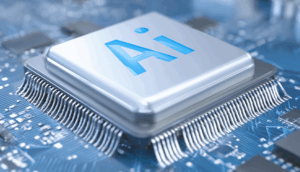CC-Link IE (Industrial Ethernet) stands as a cornerstone of modern industrial automation, offering a robust and deterministic communication network critical for real-time control and data exchange. Its design philosophy centers on minimizing latency and maximizing bandwidth, ensuring seamless operation even in demanding environments. Unlike standard Ethernet, CC-Link IE incorporates features specifically tailored for industrial applications, such as cyclic data transmission and sophisticated error handling mechanisms.
One of the key advantages of CC-Link IE is its deterministic nature. This means that the communication delays are predictable and consistent, a vital requirement for real-time control systems where precise timing is paramount. In contrast, traditional Ethernet networks can suffer from unpredictable delays due to contention and network congestion. CC-Link IE achieves determinism through a token-passing protocol, where each device on the network is granted a dedicated time slot for communication. This eliminates contention and ensures that data is delivered within a guaranteed timeframe.

Furthermore, CC-Link IE boasts a high bandwidth capacity, allowing for the transmission of large volumes of data at high speeds. This is particularly important for applications that require the continuous monitoring and control of complex processes, such as robotics, machine vision, and process automation. The high bandwidth also supports the integration of multiple devices and systems onto a single network, reducing cabling costs and simplifying network management. The industrial-grade cabling and connectors used in CC-Link IE installations are designed to withstand harsh environments, including extreme temperatures, vibration, and electromagnetic interference.
The architecture of CC-Link IE supports both controller-to-controller communication and controller-to-device communication, providing a flexible platform for building complex automation systems. Controller-to-controller communication enables the coordination of multiple control units, allowing for distributed control strategies and improved overall system performance. Controller-to-device communication, on the other hand, facilitates the exchange of data between controllers and field devices, such as sensors, actuators, and drives. This allows for real-time monitoring and control of process variables, enabling closed-loop control and optimized system performance.
Beyond its technical advantages, CC-Link IE benefits from a strong ecosystem of vendors and integrators, providing a wide range of compatible devices and support services. This makes it easier for manufacturers to implement CC-Link IE solutions and integrate them with existing systems. The CC-Link Partner Association (CLPA) plays a crucial role in promoting the adoption of CC-Link IE and ensuring interoperability between different vendors’ products. This standardization helps to reduce integration costs and simplifies the deployment of industrial automation solutions, making CC-Link IE a compelling choice for manufacturers seeking to improve efficiency, reduce downtime, and enhance overall productivity.
